News
-
 Physics
PhysicsEyelashes’ special features help fling water from the eyes
Eyelashes “micro-ratchet” structure and curved shape help wick water away from the eyes.
-
 Health & Medicine
Health & MedicineTelehealth helps people get health care, but access may soon be in limbo
COVID-era telehealth laws made health care more accessible for rural patients, but telehealth might not be as easy to access next year.
By Sophie Hartley and Andrea Tamayo -
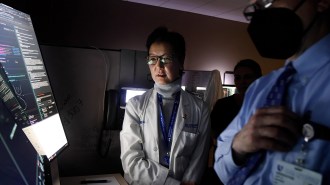 Health & Medicine
Health & MedicineStage 0 breast cancer patients may not need to rush to surgery
Women with Stage 0 breast cancer who got biannual mammograms and delayed surgery for two years fared as well as those who got immediate surgery.
-
 Health & Medicine
Health & MedicineDeaths related to the cold have grown since 1999 in the U.S.
From 1999 to 2022, the rate of cold-related deaths rose from about 4 per 1 million people to 9 per 1 million in the United States.
-
 Artificial Intelligence
Artificial IntelligenceAI sniffs out whiskey flavor notes as well as the pros
A machine learning algorithm identified the top five flavor notes in 16 types of whiskey. Each matched the aggregate of what a panel of human pros said.
-
 Chemistry
ChemistryA new microbead proves effective as a plastic-free skin scrubber
The nonplastic polymer cleaned up eyeliner and permanent marker and broke down into molecules related to sugar and amino acids.
By Skyler Ware -
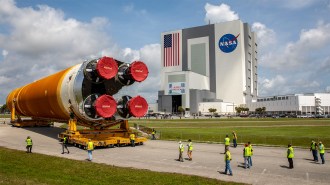 Space
SpaceWhat will space exploration look like under Trump?
A lot is unknown, but the roles of billionaires like Elon Musk and Jared Isaacman suggests a focus on human and private spaceflight.
-
 Materials Science
Materials ScienceScotch tape is key to creating thin films of diamond
The sticky stuff helped peel sheets of diamond less than a micrometer thick off silicon wafers, creating membranes useful for electronic devices.
-
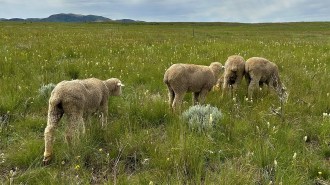 Life
LifeSheep earwax can record a dangerous diet
Sheep that eat death camas plants record the toxic meal in their earwax, a goopy health data repository that researchers are increasingly exploring.
By Jake Buehler -
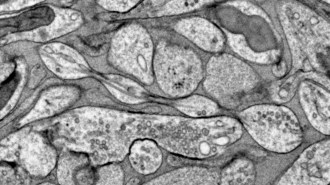 Neuroscience
NeuroscienceThe message-sending part of neurons may be blobby, not smooth
Axons can be shaped like strings of pearls, research in mice and people show. How that shape may influence brain signaling is not yet clear.
-
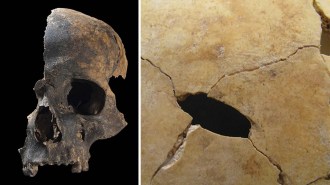 Anthropology
AnthropologyBritain’s largest ancient massacre may have included cannibalism
Bones recovered from a natural shaft unveil a 4,000-year-old massacre of men, women and children, possibly part of a cycle of revenge killings.
By Bruce Bower -
 Health & Medicine
Health & MedicineCancer screening and quitting smoking have saved nearly 6 million lives
Prevention, screening and treatment advances combined stopped 5.94 million deaths from cancer in the United States from 1975 through 2020.